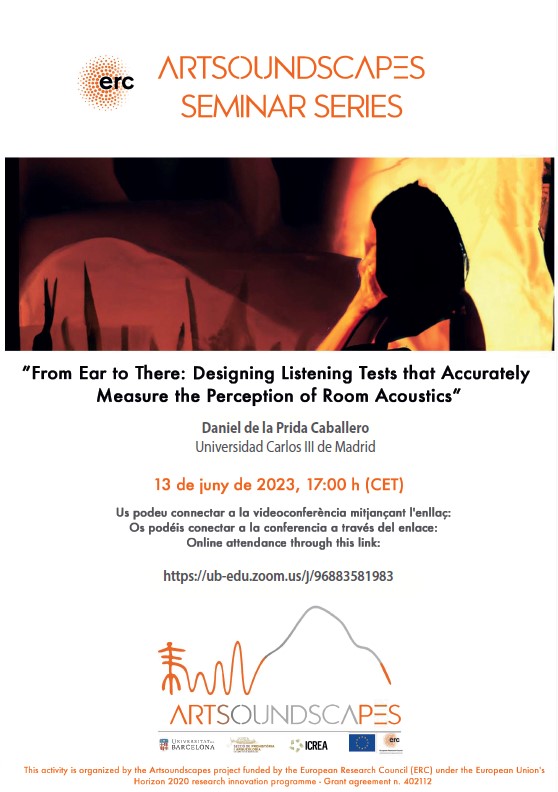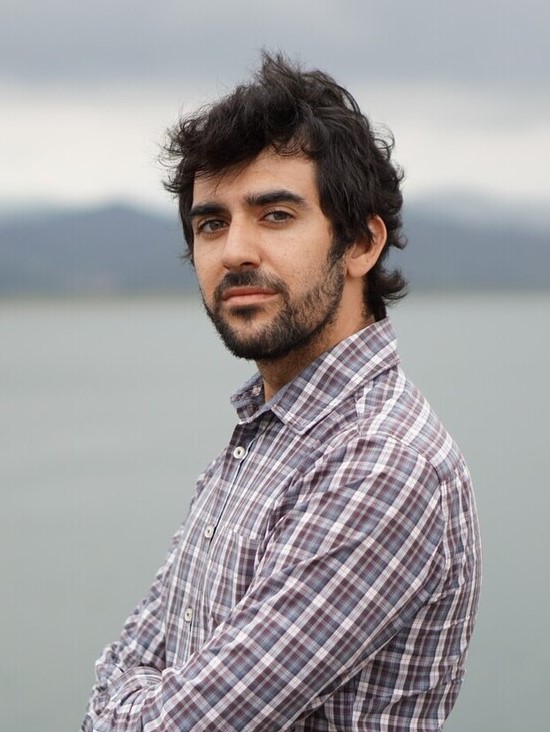
Listening tests are experimental procedures that serve as an essential tool in the field of room acoustic. They allow us to quantify the subjective perception of sound using human beings as instruments of perceptual evaluation. These tests enable us, among others, to understand how changes in the acoustical behavior of a venue are perceived by people, as well as to qualitatively identify the impact that the emission of acoustical signals in different types of venues have on the emotions of the listeners. Additionally, they play a critical role in assessing the realism of virtual models of real venues in their current or previous conditions.
To ensure the usefulness of these experiments, they must be carried out with care, considering not only the investigation’s goal but also the possible sources of bias, applicable analysis methods, promoting the intercomparability of studies. Unfortunately, in the past, listening tests in room acoustics have been performed very heterogeneously, hindering the comparison of results from different research and leading several research with similar purposes to produce very differing results.
This seminar aims to address several factors that can significantly affect the correct design, performance, and analysis of listening tests for room acoustics. We will delve deeper into the relevance of the testing protocol, the identification of the various sources of bias, and we will highlight one of the most suitable analysis methods for robust and highly comparable results. By adopting best practices and standardizing procedures, we can improve the reliability and consistency of listening tests, contributing to the advancement of room acoustics research and to better understand which room acoustical features have had the greatest influence on the evocation of sensations of human beings over time.

Daniel de la Prida Caballero currently holds a position as Assistant PhD Professor for Sound and Image Engineering at the Universidad Carlos III de Madrid (UC3M).
Daniel got his PhD in Acoustics from the Technical University of Madrid in 2021. His research mainly focuses on the assessment of the subjective perception in architectural acoustics as well as on the comparison of subjective assessments with the objective analysis and processing of acoustical measured signals. Additionally, his research has also focused on investigating the potential capabilities and possible applications of acoustic maps obtained with innovative acoustic transducers, such as P-U intensity probes, for the measurement of properties and the detection of faults in different materials, such as mechanical parts, stones and fibrous materials.
Daniel has published several indexed articles and presented many communications regarding the use and applications of listening tests in the fields of room acoustics, sound insulation and soundscapes. He is also the main inventor of a published patent application related to a sound absorption device for industrial applications. Daniel has already contributed to more than four national competitive funded projects and is currently participating in an ERC funded project.
Additionally, he acts as local representative for Spain of the Young Acousticians Network (YAN) of the European Acoustics Association (EAA).
